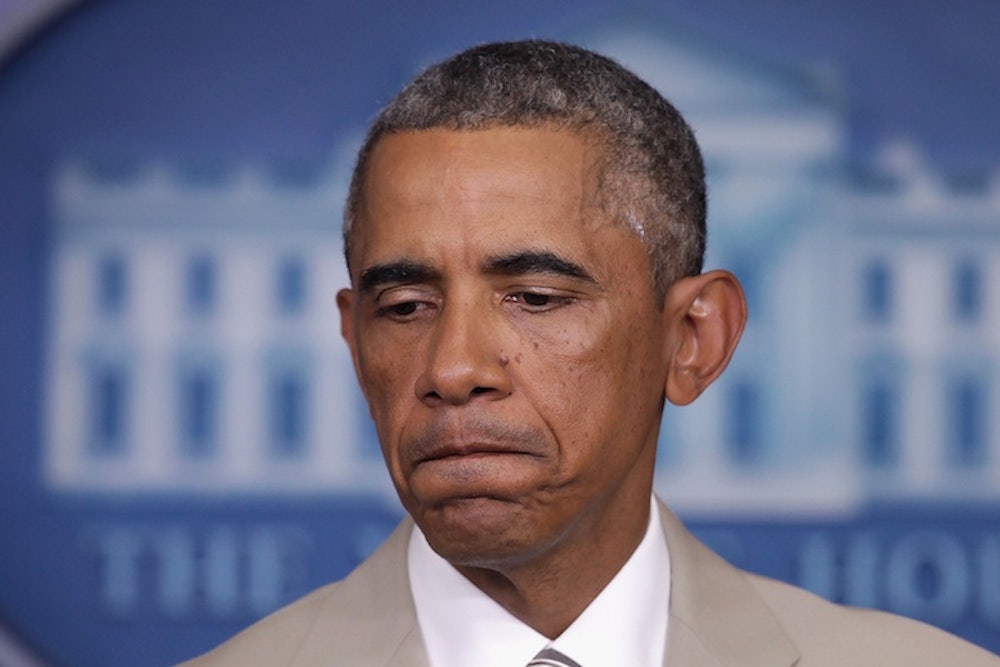Two months after President Obama promised to take executive action on immigration reform, White House officials have announced that Obama will delay his action until after November Senate elections.
In Washington, the focus is on politics: why Obama made his decision and what it means for the midterm elections. But the most important story here is about the people this delay will affect most directly: The undocumented workers who live under the threat of deportations and who, most likely, would get some relief if Obama changed immigration policy as he’s vowed to do.
How many people is that? There’s no way to be precise. As Dara Lind from Vox has noted, last year the U.S. carried out 368,644 “removals,” according to estimates from the Department of Homeland Security.** Those are deportations in the full legal sense—the government determines these migrants have entered the country illegally, returns them to their countries of origin, and creates records noting their attempt to come here without permission.
The math works out to roughly 1,010 deportations a day and there are two months to go until Election Day. If the rate stays the same—and, again, there’s no way to know whether that will happen—another 60,060 deportations would take place in that time. Obama’s executive action wouldn’t have stopped all of them. It might not even have stopped most of them. His order will presumably affect only some groups and it will take a while for whatever directive he issues to filter through the immigration enforcement bureaucracy. But it’s also true that nobody expects Obama to issue an executive order on the day after people have cast their ballots.
Given those facts, it’s easy to understand why people close to this issue feel angry and disappointed. One of them is Selene Cruz, a Buenos-Aires-born DREAMer who volunteered for both of Obama’s campaigns, has worked for Latino/a youth advocacy organizations, and recently graduated with honors from the University of Pennsylvania. She also only recently, finally became a citizen, after years of fearing that anything—even attending Penn—could bring unwanted attention that would lead to her deportation.
On Saturday, as word of Obama’s announcement spread, I contacted Cruz. “You really want immigration reform? Don’t wait until after elections,” she told me. “Last summer was the perfect opportunity to do something and it didn’t come through… I’m not sure it’s going to happen this presidency.”
** The original version of this article cited data from 2012, which was the most complete data available from DHS homepage and the data cited by the Migration Policy Institute in its compilation of frequently cited statistics. (Our efforts to reach DHS over the weekend were not successful.) As it turns out, and as Lind notes in her article, 2013 figures were available elsewhere and they were lower than the 2012 figures by about one-sixth. We’ve updated the article to reflect the most recent numbers. We’ve also made more clear (as the original article stated) that there’s no way to know what proportion of removals Obama’s executive order might have stopped—that the daily figures are just a starting point for calculations.
